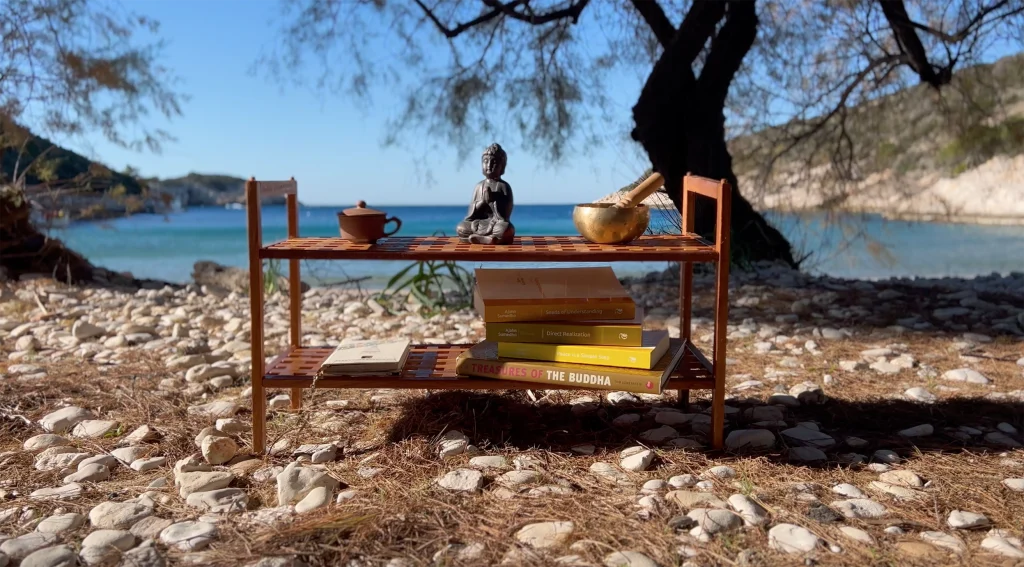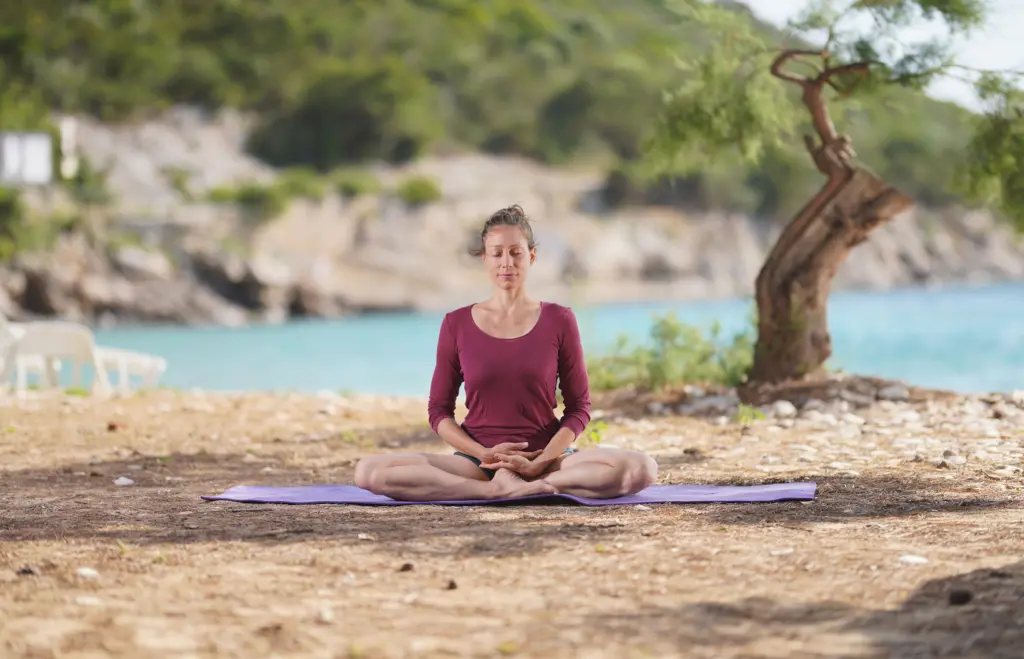What is mindfulness and why should we meditate
Why should we meditate
What is Mindfulness?
Mindfulness is a way of being, seeing, existing that we practice through meditation. The word mindfulness comes from the Buddha’s eightfold path from the term Samma sati, which means “remembering correctly”, “remembering to observe”, “maintaining awareness”. Right means with the right intention, so that we don’t allow “poisonous” states of mind to take over. When we are mindful, we have a good balance of wakefulness and relaxation. When we are awake, we are present and aware of what is happening around us and within us, we know where we are, what we are thinking, what we are paying attention to, what we are feeling. Relaxed in the sense that we are not overly attached to the current thought or state, that we have not “fallen” into the story and stress.
What motivates us to train to be mindful?
We are all naturally mindful sometimes, we can easily understand that state. When we are somewhere we want to be and we are doing what we love, we are naturally awaken and relaxed, without fighting or running away, interested in the situation. In mindfulness meditation we learn how to apply this quality of being to those moments in life that may not be automatically, at first such. We want to be present for our life even when it brings us boring, painful, difficult and conflicting situations. Instead of running away or fighting (and making excuses), we stop and accept the situation and then decide how to deal with what we feel. We get interested.
The value of life is to feel all states of being because they are equally natural. When we stop and accept we no longer have to run, it means that we are free where we are.
Through meditation, we allow ourselves to feel uncomfortable and admit that it can be a part of our life, without concluding that there is something wrong with us. Of course, if we have a solution to our problem, we should help ourselves. Compassion (the desire to help ourselves and others) is part of the vigilance, acuteness of that healthy mindful state.
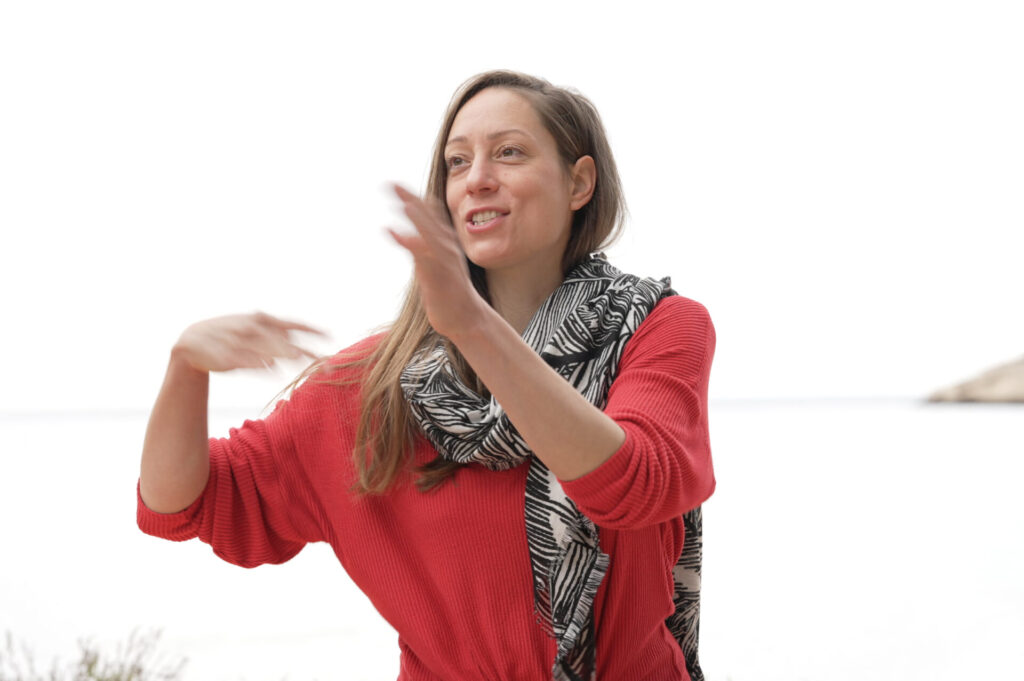

Photo: Carlo Kovačec
How does meditation work?
1. We learn to control reactive and impulsive behavior
2. We have a choice to act from the right intention
3. We create a space of peace where we can feel unpeaceful
1. Meditation is an exercise that we do with determination to develop the quality of wakefulness and relaxation that we can apply in everyday life situations. While meditating, we practice seeing clearly, for example, “this thought is related to this emotion”, but now while meditating we do not react to it, but only notice, we are an observer. After that, in our daily life, when that thought appears, we can choose whether we want to react to it, just notice it and let it go, or even maybe react differently. From training in meditation we have the experience that we don’t have to automatically believe that thought, we have the experience that we just noticed it once, we didn’t react to it, and we created a space between its intensity and reaction.
That experience is very valuable because we see from our example that we don’t have to believe every thought no matter how convincing it is.
In order to even have the choice to react differently, we need to notice what we are thinking, see if we want to continue thinking it and then choose a different reaction, we need to “restrain” and focus. We practice the control of impulsive behavior, which, it seems, is what distinguishes us from other mammals, makes us human. Fortunately, it can be trained and we can all do it.
2. Mindfulness teaches us to act with the right intention so that what we choose to do (say or think) comes from a place where we do not want to hurt ourselves or others. This is a key characteristic of this training, because the thoughts of ill will seem to have some kind of seductiveness, a kind of identification, positioning over someone, which we weaken with this training. We can recognize the spark of greed or hatred and choose that these emotions are not the source of our action.
3. During meditative training, we create a conscious space of our attention in which we allow ourselves to feel what’s like to be overwhelmed (more or less) by unpleasant body sensations. We feel uncomfortability in safe conditions. We learn to look at restlesness with calm eyes. We “make friends” with the inconveniences so that they are no longer in our shadow.
The method of R.A.I.N. explains the steps of meditative training, more at: Mindful.org
How to maintain the continuity of mindfulness and a good balance of alertness and relaxation?
In order to be mindful in our daily life, we try to develop an attitude of wakefulness and relaxation through simpler things, so when more challenging situations come, we will more easily have the courage to say “okay, I can allow myself to feel this too, I can allow it to be here as it is.”
Slowly with practice, we will acquire more and more tools to work with ourselves, be able to apply mindfulness to a wider range of emotions and get to know what thoughts we hold back ourselves. We will become playful with our conditions and take them less seriously. It is easier to deal with relationships and problems, not to put yourself in the position of a victim but of someone who wants to know everything that is human. Through meditation, we adopt a healthy attitude towards the nature of transience.
Through all daily activities we maintain the continuity of mindfulness with the the way we hold our body, we remind ourselves often what we want and why we do it.
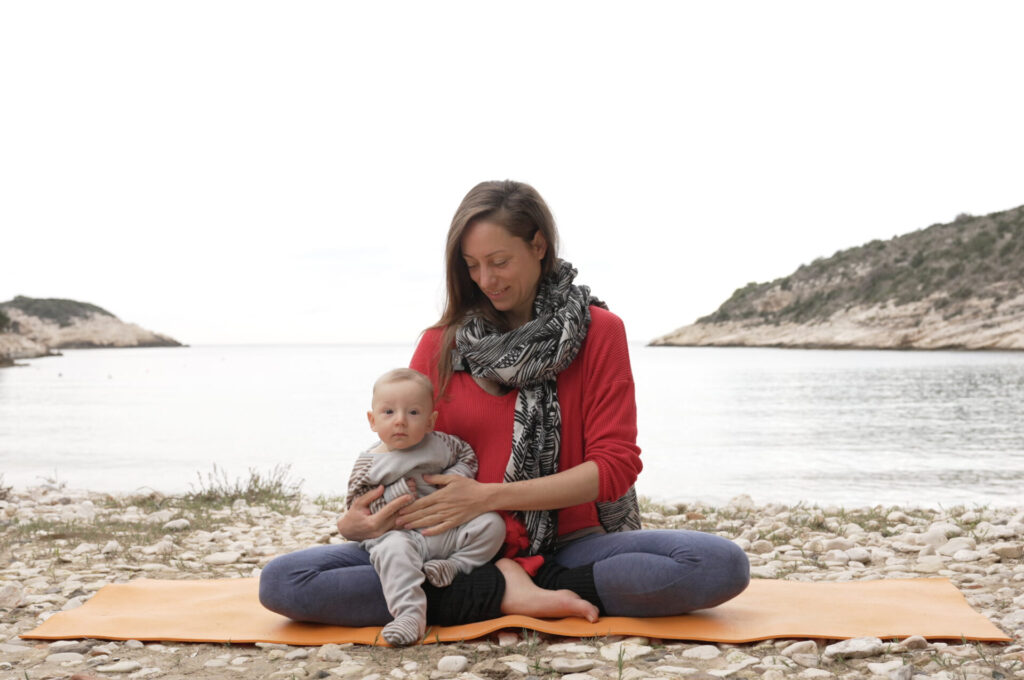
Body as the field of the present moment
Logically, we understand the concept of mindfulness, but to live in that way, the habit needs to get anchored in our body.
Emotions are a chemical reaction of our body and they cause our thoughts. For example, we feel anger in the body and have angry thoughts. The anger trip appeared because it was triggered by a bodily sensation. Also, when we continue to think thoughts of anger, the bodily sensation – emotion will be stronger and stronger. We need to break that cycle somewhere – that our emotions trigger our thoughts and our thoughts trigger emotions. The body is the field through which we will stay in contact with the energy aspect of our emotions and thoughts and be able to express them in the best way. The body naturally tends to express emotions, they are strong energies. For example, small babies do not have a barrier, their rational mind has not yet been activated. When the baby is in pain, it cries and kicks it’s legs, if it’s happy it laughs and opens it’s arms, it immediately expresses it’s emotion with its whole body, the energy is too strong to hold back.
The idea is to allow the body to express what it needs, but to know how to present it intelligently, wisely and appropriately so that it is useful for us and others. If we want to tell someone what we are angry about and put it in the form of passive aggression, that person will not want to accept it. It is important that we know how to serve our feelings thoughtfully and in a good way. Guided meditation in motion: POLJE TIJELA
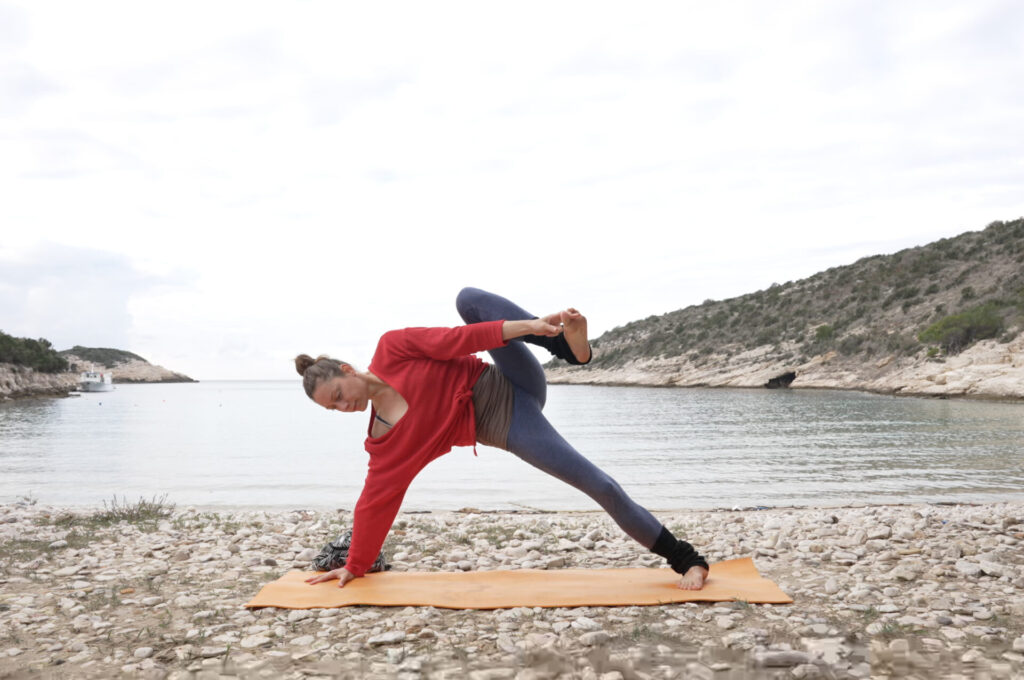
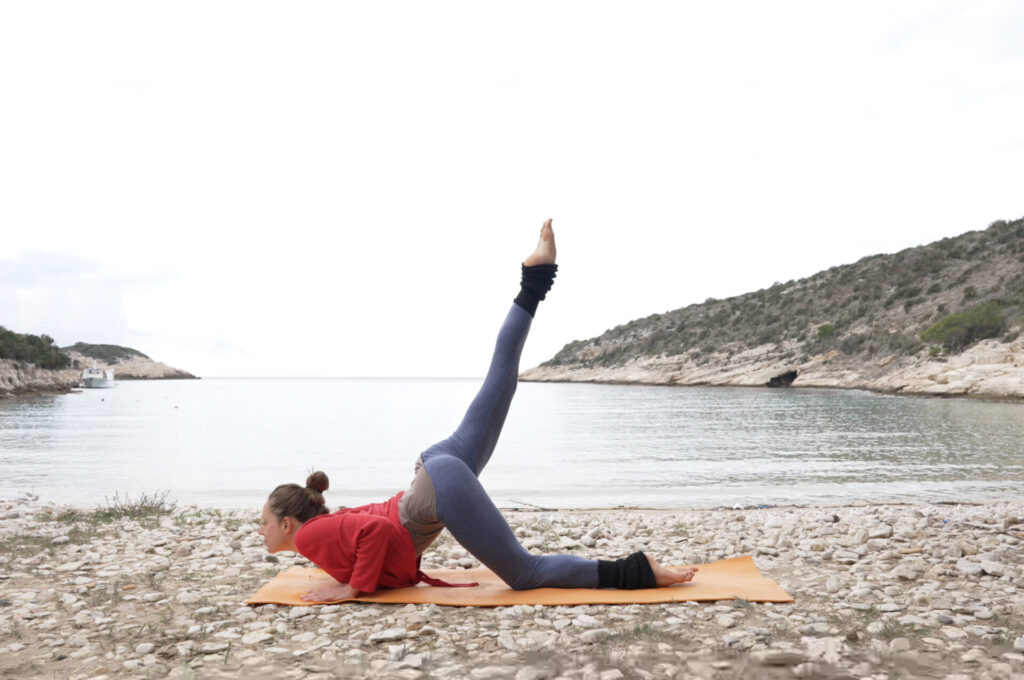
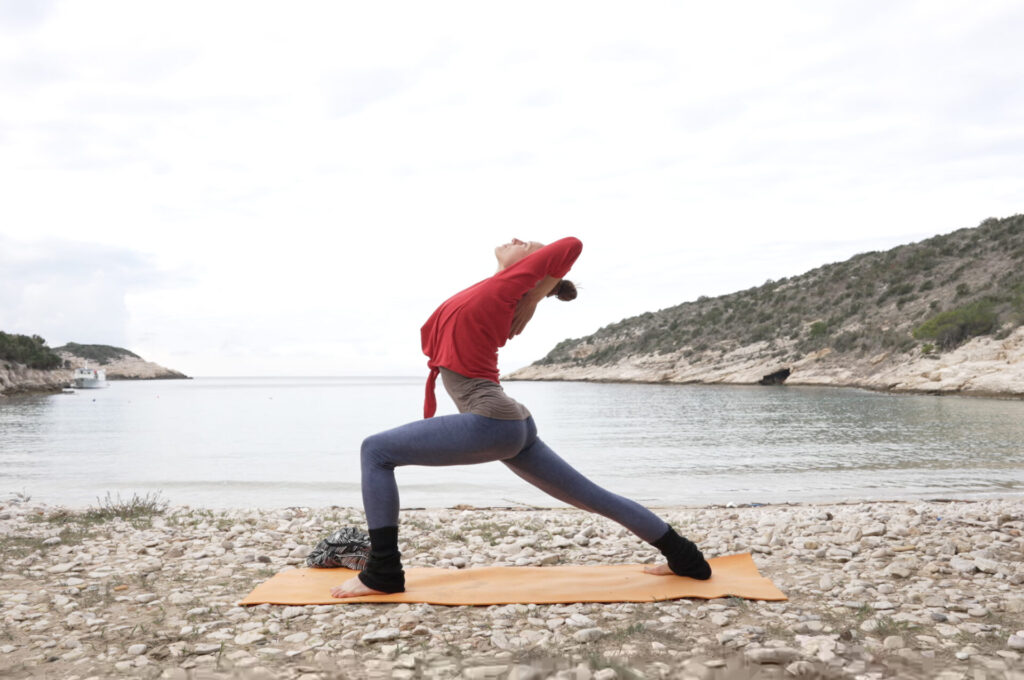
Photo: Carlo Kovačec
Strength vs stress
Keeping the balance of wakefulness and relaxation is easiest through our body, we are awake with those muscles that give us strength and stability and we relax those that create stress.
In yoga, this balance is called Sthira sukham asanam – the principle of stability, strength and at the same time comfort, relaxation. The balance of sthira and sukha is the balance of that which limits us and the movement that is easily expressed within these limitations. For example, we have the strength of our legs, pelvis and lower abdomen as a base of stability, and we keep the upper body relaxed and upright, both in the same experience. Stress can accumulate when we raise our shoulders, clench our teeth and fists, then relax those parts. We adjust the attitude with which we can much more easily recognise our thoughts and emotions that arise. Somatic meditation: OSJETIM DA SAM TU & MEDITACIJA TIJELOM.
In the end why?
In ancient philosophies, people with virtues are portrayed as noble people. The qualities of a trained mind give us nobility. We train ourselves to live healthily and happily, because that is the greatest value we have.
In short, I meditate to be human.
Listen to the lecture “Everyday mindfulness” on YouTube:
The text is inspired by the teachings of Mislav Brečić, Tara Brach, Jon Kabat-Zinn and many others. Links: Samma Sati, Sthira sukham asanam
The science behind mindfulness:
– The science of mindfulness
– How mindfulness may change the brain
– The state of mindfulness



